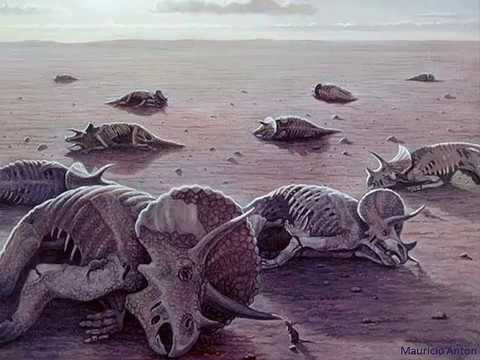Description:
Explore the fascinating world of lizards and amphibians during the Cretaceous-Tertiary boundary in this 46-minute lecture from the Royal Tyrrell Museum Speaker Series. Delve into the various theories surrounding the mass extinction event, including extraterrestrial impacts, marine regression, volcanism, and climate change. Examine the importance of sampling and rock unit analysis in understanding fossil data. Investigate the vertebrate tree of life, focusing on salamander and albanerpetontid sample sizes and lissamphibian diversity. Learn about biostratigraphy and Lazarus taxa, and discover the diverse squamate species that existed during this period, including whiptail lizards, snakes, and Komodo dragon-like creatures. Gain insights into lizard and snake biostratigraphy, early Paleocene survivors, and the speaker's future research goals in this comprehensive exploration of prehistoric herpetology.

Lizards and Amphibians at the Cretaceous-Tertiary Boundary
Add to list
#Science
#Paleontology
#Environmental Science
#Climate Change
#Biology
#Evolutionary Biology
#Earth Science
#Geology
#Volcanism